![Perelman, Ivo / Matthew Shipp: Efflorescence Volume 1 [4 CDs] (Leo Records) Perelman, Ivo / Matthew Shipp: Efflorescence Volume 1 [4 CDs] (Leo Records)](https://www.teuthida.com/productImages/misc4/28620.jpg)
"Efflorescence", to reach an optimum stage of development or blossom, as heard through four studio-recorded CDs, expanding on the warm and enduring duo of saxophonist Ivo Perelman and pianist Matthew Shipp in beautifully flowing, succinct improvisations with a lyrical inclination, allowing for exploration through the sophisticated support each brings; beautiful.
Out of Stock
Quantity in Basket: None
Log In to use our Wish List
Shipping Weight: 8.00 units
Sample The Album:
Ivo Perelman-tenor saxophone
Matthew Shipp-piano
Click an artist name above to see in-stock items for that artist.
UPC: 5024792086627
Label: Leo Records
Catalog ID: LEOR866869.2
Squidco Product Code: 28620
Format: 4 CDs
Condition: New
Released: 2020
Country: UK
Packaging: Digipack Double CD
Recorded at Parkwest Studios, in Brooklyn, New York, in May, 2018, by Jim Clouse.
"Limited edition, spectacular 4-CD box for real connaisseurs and lovers of Perelman/Shipp music. In 2018, when the saxophonist and pianist released a 3-CD box entitled ONENESS, they made an emphatic statement that there would be no more duo recording in the near future: "for now there is nothing more to say". Yet, several months later they found themselves in the studio bursting with creativity and refining their unique style of intuitive improvisation. Each disc has a distinct flavour, despite the ambitious range of tempos, textures, techniques and emotions."-Leo
"Efflorescence Volume 1 is a 4CD set from Ivo Perelman and Matthew Shipp. Already recorded for later release is Efflorescence 2. Shipp and Perelman have been together on many albums and 7 feature just the two musicians. Efflorescence is a term used in chemistry and means to flower out - it happens when hidden salts gather on the surface of a material so the title seems apt. There is both a chemistry between these musicians and a flowering of their art and revealing of their hidden depths over the 4 CD set which is Efflorescence 1.
CD 1, Track 1 is a conversation of 2 instruments, each travelling their own pathways but converging in harmonic agreement at differing points. Perelman seems to be taking his saxophone into almost melodic realms whilst Matthew Shipp offers dissonant chords and also melodic lines which contrast beautifully with the saxophone workings. Track 2 sees even more melody from both players, whilst Track 3 sees a more familiar Perelman/Shipp discursive entree with Perelman veering from altissimo to lower register and Shipp creating crescendos of scale progressions underneath, coupled with interludes where both q and a across the registers of both piano and sax. Track 4 is atmospheric, gentle and spacey, Perelman's suggestive notes providing pivots for Matthew Shipp to hang his chords on before the track builds into a breathy altissimo sax line, under which Shipp supports with chords predicting the sax notes. Track 5 is energetic and a simplex of complexities swapped between the two players whilst Track 6 has a lot of Brotsmann-esque sax talk over gentle interspersed notes and chords from the piano. Track 7 is sax led, Track 8 piano led and in this one the sax follows the chordal landscapes set out by Shipp. Track 9 introduces an almost swing atmosphere, both fast and slow and then Track 10 is a piano led rhythm-infused number with Perelman's sax picking up the leads provided by strong and linear chord lines. Even the off-notes are perfectly placed here, making it clear that some intuitive playing is happening. Track 11 has breathy sax lines over piano trinkles and track 12 is verging on the melodic again as Perelman shows his gentler side over Shipp's classically lined chords. Track 13 is gorgeous with contrapuntal rhythms played by both instruments, whilst Shipp intersperses his with heavy, deep chords. The final track on CD1 sees Perelman once again speaking volumes in altissimo over contrasting well worked chord progressions from the piano, thunked out with style.
CD 2, track 1 is a great opener and wake-up number with piano offering chunky, heavy chords over which Perelman soars on tenor. Track 2 misleads at the outset with harmonies aplenty before each instrument diverges, Perelman treading his own redolent pathway over the steady classic lines of the piano. The ending has a madrigal atmosphere at one point which works well before a controlled descent to the end. Track 3 sets off at a jazzy swing with Perelman using a repeated riff, unusual for him, over Shipp's well placed chords and lines - that is before the sax leads up and away and Shipp changes the chord lines to lower, emphasised scale descents. Track 4 is busy, with Perelman's altissimo lines in contrast with deep register notes from the piano for the most part until the sax solos into breathy final notes. Track 5 and 6 are on-going conversations between the 2 instruments with track 6 being particularly verbose from the sax. Track 7 is gentler but not easier, with counter-rhythms from Shipp over which the sax melody flows, held in check by the emergent chords which rear from the piano. Track 8 is a maelstrom of sound initially, crashing piano and sighing, singing sax but it settles into a quirky and dissonant conversation, each instrument seemingly following the other, though it is not clear which is doing what at times. Perelman's control in altissimo is impressive here. Track 9 is more melodic from both players, whilst Track 10 and 11 see a return to the more conversational style which is familiar between the two musicians here.
CD 3 Track 1 is a surprise because Perelman is indistinctly melodic mode- at least at the start, before his innate creativity gets the better of him and the sax is let loose, soaring over the strong chords from the piano. Track 2 begins with crashing, crushing chords from the piano, over which the timorous staccato of the altissimo lines come in before the sax line becomes more forceful and soon the sax is talking over the piano chords - challenging the noisy attitude with pertinent and perfectly placed cheeky notes inserted into any gaps. A lovely track and the unspoken communication can be felt between the musicians. Track 3 is almost a respite after that, a much gentler affair whilst Track 4 is gentler still, more melodic and harmonious - well, until half way through when it digresses before returning to gentleness. Track 5 is rather beautiful but in a different way as Shipp and Perelman take turns about setting the tempo and rhythms whilst Track 6 is more dissonant and includes a lovely forceful ascension from Perelman over some quite extravagant piano before Perelman counter sit with some buzzy, fast fingered work , finishing with altissimo. Track 7 is breathy, gentle and almost tuneful sax over equally gentle piano lines whilst Track 8 is breathless sax over rivulets of notes from the piano, developing into a competitive yet precise divergence with both players in upper registers, playing faster and furious before bringing it back down again. Track 9 is short, sweet and sees both players intuitively picking up each other's lead whilst Track 10 follows a similar pattern but with extended lines and heavier chords interspersed from Shipp, over which Perelman stuts in altissimo and flows beautifully in lower register. Track 11 is set out by gapped chords, providing Perelman the perfect opportunity to insert a melodic episode before both players have had enough of that and chords develop into crashes, the sax soars up and down the scales with tremolo notes at the ends and of course a bit of spoken altissimo. Sweet. Track 12 is part melody, part counter flowing harmonies whilst Track 13 is more of a free flowing conversation. Track 14 is gentle and harmonious versus ebullient in turns.
CD4 Track 1 has all the essence of a funereal march before the sax sings across the top, adding 4 note phrases to lift the dirge-like piano chords. Piano catches on and changes to a lighter touch which is welcomed and the sax soars, creating some emotive lines. Track 2 is heavy from piano, light from sax which makes a great contrast for the ears, whilst Track 3 contains some great challenging sax lines overflowing the piano chords, which are progressive and classical. Track 4 is a lighter affair, with fast but light fingered sax workings over piano chords which feel like they walk the keyboard. Track 5 begins with a piano phrase over which the sax enters and takes the lead. The piano follows, setting the chords now and the sax follows - a case of perfect juxtaposition and turn about between the two players. Track 6 is easy on the ears from both players with melodic, high register sax lines and wavering notes over solid piano whilst Track 7 is faster, trickier and has a fun element sewn in amongst the crashing chords and tenor sax lines. Track 8 is interesting with short repeated melodic phrasing from the sax over intuitively placed chords and lines from the piano with a crazy but lovely section where both players playing their own challenging lines yet each is clearly acutely aware of what the other is playing. Track 9 is fun with piano setting up rivulets of deep notes over which the altissimo lines soar and play. Track 10 is more melodic from the sax, albeit with a twist - over and under which the piano gently assets its lead. A gentle manner with which to finish.
There is intuition and sensitivity in the playing, an understanding between the musicians yet many times, the character of each emerges.
"Efflorescence" has another meaning - in botany it is when a lot of flowers appear suddenly and this too might explain why each track has an alternative name - flower names. From Cosmos to, Rose, Amaryllis, Jasmine, Sage, Nightshade, Forsythia and more. The plants chosen range from climbers to thick set and sticky plants, from clinging tendrils to tiny demure florets, which seems very appropriate because the tracks on this 4 CD set are variable, each with their own form, their own life, differing energy and an overall tenderness which seems to seep into many of the tracks - possibly part of the musicians' subliminal characters perhaps? As such, Perelman and Shipp have taken different blooms, different fragrances and essences, some ornamental, some useful and just a few deadly. They have combined them into a bouquet and presented them to the listener, tied together with the ribbon which connects the musicians - improvisation, passion , energy and joy. The bouquet is beautiful, its fragrance divine but just be careful and watch out for the deadly nightshade. Excellent music indeed."-Sammy Stein, The Free Jazz Collective
Get additional information at The Free Jazz Collective
Artist Biographies
• Show Bio for Ivo Perelman "Born in 1961 in São Paulo, Brazil, Perelman was a classical guitar prodigy who tried his hand at many other instruments - including cello, clarinet, and trombone - before gravitating to the tenor saxophone. His initial heroes were the cool jazz saxophonists Stan Getz and Paul Desmond. But although these artists' romantic bent still shapes Perelman's voluptuous improvisations, it would be hard to find their direct influence in the fiery, galvanic, iconoclastic solos that have become his trademark. Moving to Boston in 1981, to attend Berklee College of Music, Perelman continued to focus on mainstream masters of the tenor sax, to the exclusion of such pioneering avant-gardists as Albert Ayler, Peter Brötzmann, and John Coltrane (all of whom would later be cited as precedents for Perelman's own work). He left Berklee after a year or so and moved to Los Angeles, where he studied with vibraphonist Charlie Shoemake, at whose monthly jam sessions Perelman discovered his penchant for post-structure improvisation: "I would go berserk, just playing my own thing," he has stated. Emboldened by this approach, Perelman began to research the free-jazz saxists who had come before him. In the early 90s he moved to New York, a far more inviting environment for free-jazz experimentation, where he lives to this day. His discography comprises more than 50 recordings, with a dozen of them appearing since 2010, when he entered a remarkable period of artistic growth - and "intense creative frenzy," in his words. Many of these trace his rewarding long-term relationships with such other new-jazz visionaries as pianist Matthew Shipp, bassists William Parker, guitarist Joe Morris, and drummer Gerald Cleaver. Critics have lauded Perelman's no-holds-barred saxophone style, calling him "one of the great colorists of the tenor sax" (Ed Hazell in the Boston Globe); "tremendously lyrical" (Gary Giddins); and "a leather-lunged monster with an expressive rasp, who can rage and spit in violence, yet still leave you feeling heartbroken" (The Wire). Since 2011, he has undertaken an immersive study in the natural trumpet, an instrument popular in the 17th century, before the invention of the valve system used in modern brass instruments; his goal is to achieve even greater control of the tenor saxophone's altissimo range (of which he is already the world's most accomplished practitioner). Perelman is also a prolific and noted visual artist, whose paintings and sketches have been displayed in numerous exhibitions while earning a place in collections around the world." ^ Hide Bio for Ivo Perelman • Show Bio for Matthew Shipp "Matthew Shipp was born December 7, 1960 in Wilmington, Delaware. He started piano at 5 years old with the regular piano lessons most kids have experienced. He fell in love with jazz at 12 years old. After moving to New York in 1984 he quickly became one of the leading lights in the New York jazz scene. He was a sideman in the David S. Ware quartet and also for Roscoe Mitchell's Note Factory before making the decision to concentrate on his own music. Mr Shipp has reached the holy grail of jazz in that he possesses a unique style on his instrument that is all of his own- and he's one of the few in jazz that can say so. Mr. Shipp has recorded a lot of albums with many labels but his 2 most enduring relationships have been with two labels. In the 1990s he recorded a number of chamber jazz cds with Hatology, a group of cds that charted a new course for jazz that, to this day, the jazz world has not realized. In the 2000s Mr Shipp has been curator and director of the label Thirsty Ear's "Blue Series" and has also recorded for them. In this collection of recordings he has generated a whole body of work that is visionary, far reaching and many faceted." ^ Hide Bio for Matthew Shipp
1/5/2026
Have a better biography or biography source? Please Contact Us so that we can update this biography.
1/5/2026
Have a better biography or biography source? Please Contact Us so that we can update this biography.
Track Listing:
CD1
1. Hibiscus 3:27
2. Cosmos 4:36
3. Rose 2:11
4. Lotus 4:45
5. Amaryllis 3:45
6. Zinnia 2:52
7. Iris 4:56
8. Bleeding Heart 3:14
9. Moonflower 5:02
10. Peony 6:41
11. Clematis 4:06
12. Tiger Lily 3:18
13. Mandervilla 4:50
14. Cape Primrose 5:25
CD2
1. Quince 3:57
2. Columbine 3:45
3. Hydrangea 4:24
4. Jacob's Ladder 4:04
5. Yellow Bell 4:44
6. Trillium 4:01
7. Nigella 4:45
8. Helenium 4:53
9. Goldenrod 4:51
10. Forsythia 4:15
11. Sage 3:56
CD3
1. Clover 4:58
2. Heather 3:40
3. Sweet Pea 4:24
4. Veronica 4:54
5. Strawflower 2:44
6. Aster 5:26
7. Catmint 5:05
8. Honeysuckle 4:24
9. Impatiens 3:13
10. Globeflower 3:30
11. Jasmine 4:15
12. Sweet William 5:02
13. Nightshade 4:21
14. Lilac 5:11
CD4
1. Snapdragon 4:18
2. Heath 4:11
3. Narcissus 4:17
4. Lupine 4:17
5. Shasta Daisy 4:30
6. Rosilla 4:11
7. Snowdrop 5:29
8. Carnation 3:40
9. Orchid 3:01
10. Tiger Flower 5:20
Leo Records
Improvised Music
Jazz
Free Improvisation
NY Downtown & Metropolitan Jazz/Improv
Duo Recordings
Recordings by or featuring Reed & Wind Players
Piano & Keyboards
Search for other titles on the label:
Leo Records.


![Perelman, Ivo / Matthew Shipp: Efflorescence Volume 1 [4 CDs] (Leo Records) Perelman, Ivo / Matthew Shipp: Efflorescence Volume 1 [4 CDs] (Leo Records)](https://www.teuthida.com/productImages/full/28620.Full.jpg)

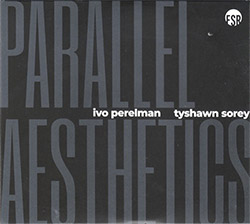

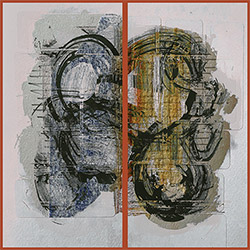

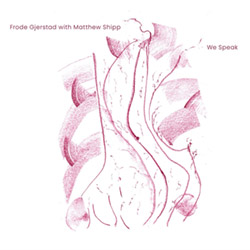
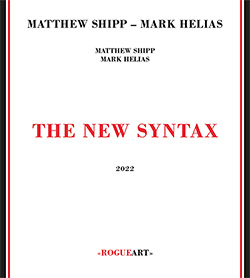
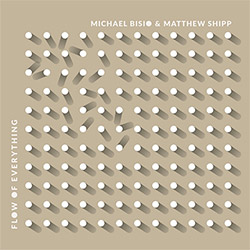
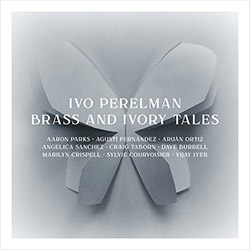
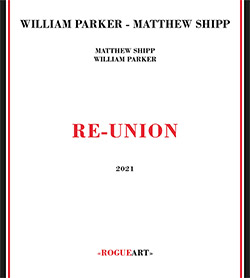






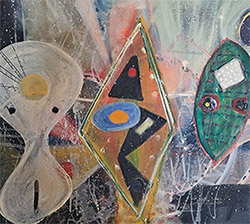
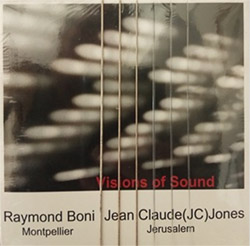
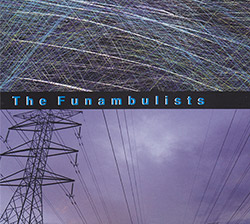
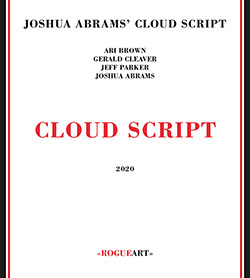

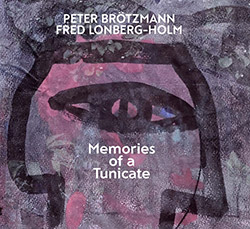
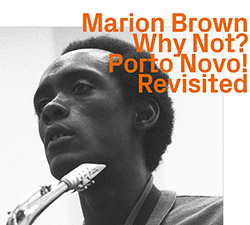

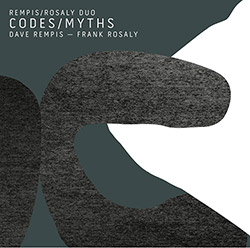
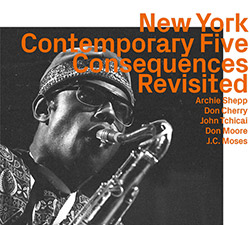

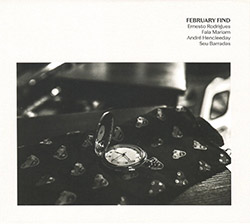




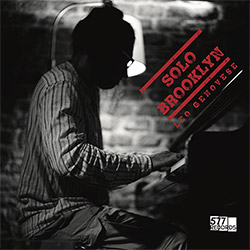
![Coley, Byron / Mats Gustafsson / Thurston Moore: Now Jazz Now: 100 Essential Free Jazz & Improvisation Recordings (1960-80) [BOOK]](https://www.teuthida.com/productImages/misc4/36932.jpg)
![Evans, Peter / Being & Becoming: Ars Ludricra [VINYL + DOWNLOAD]](https://www.teuthida.com/productImages/misc4/37026.jpg)
![HobbyHouse (Mia Dyberg / Axel Filip): HobbyHouse [CD + DOWNLOAD]](https://www.teuthida.com/productImages/misc4/36944.jpg)
![Mines, Kelsey / Erin Rogers: Scratching At The Surface [CD + DOWNLOAD]](https://www.teuthida.com/productImages/misc4/36945.jpg)
![Nebbia, Camila (feat/ Marilyn Crispell / Lesley Mok): A Reflection Distorts Over Water [CD + DOWNLOAD]](https://www.teuthida.com/productImages/misc4/36946.jpg)
![Vanheerentals, Adia: Taking Place [CD + DOWNLOAD]](https://www.teuthida.com/productImages/misc4/36947.jpg)
![Mines, Kelsey / Vinny Golia: Collusion and Collaboration [CD + DOWNLOAD]](https://www.teuthida.com/productImages/misc4/36948.jpg)
![Parkins, Zeena: Lament For The Maker [CD + DOWNLOAD]](https://www.teuthida.com/productImages/misc4/36949.jpg)
![Evans, Peter / Mike Pride : A Window, Basically [CD + DOWNLOAD]](https://www.teuthida.com/productImages/misc4/36950.jpg)

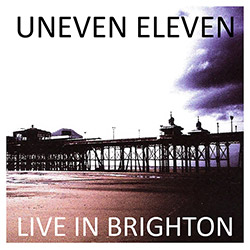

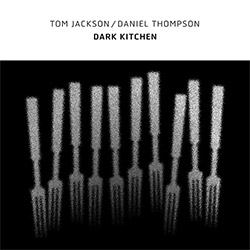
![Frey, Jurg : Composer, Alone [3 CDs]](https://www.teuthida.com/productImages/misc4/36927.jpg)
![Belorukov, Ilia / Alex Riva: Wrestling For Futility [CASSETTE w/DOWNLOAD]](https://www.teuthida.com/productImages/misc4/36994.jpg)

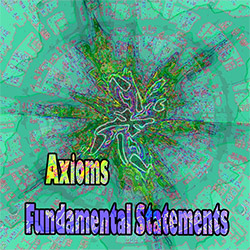





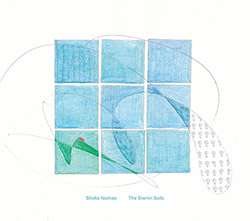

![Agnel, Sophie: Learning [VINYL]](https://www.teuthida.com/productImages/misc4/36841.jpg)
![Monaco, Amanda (w/ Michael Attias / Sean Conly / Satoshi Takeishi) : Deathblow [VINYL+ DOWNLOAD]](https://www.teuthida.com/productImages/misc4/36956.jpg)

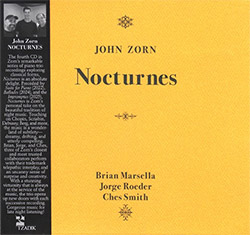
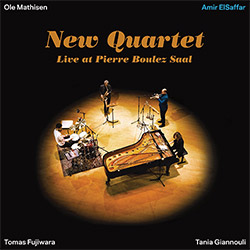
![ElSaffar, Amir / New Quartet : Live at Pierre Boulez Saal [VINYL]](https://www.teuthida.com/productImages/misc4/36830.jpg)


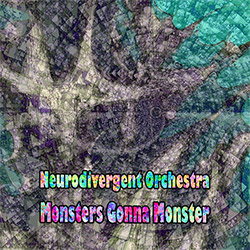


![Musicworks Magazine: #152 Fall 25 [MAGAZINE + CD]](https://www.teuthida.com/productImages/misc4/37004.jpg)





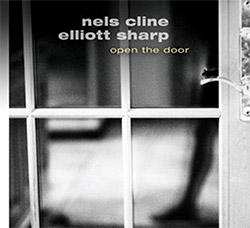
![[ahmed] (Thomas / Grip / Gerbal / Wright): Sama](https://www.teuthida.com/productImages/misc4/36976.jpg)

![Genthon, Anouck / Lionel Marchetti: Suite Blanche [2 CDs]](https://www.teuthida.com/productImages/misc4/36642.jpg)
![Toeplitz, Kasper T.: Erosions Programmees [CD + BOOKLET]](https://www.teuthida.com/productImages/misc4/36639.jpg)
![Gate, The : Almost Live [CASSETTE + MAGAZINE]](https://www.teuthida.com/productImages/misc4/36836.jpg)
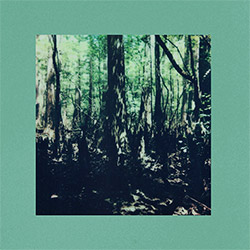


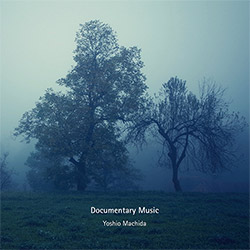
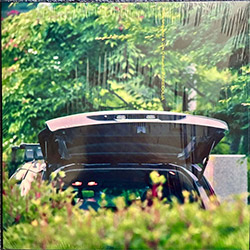

![A Magic Whistle: The Solar Cell [VINYL]](https://www.teuthida.com/productImages/misc4/36658.jpg)

![McGee, Hal: Columbus Expedition [Cassette w/ Download]](https://www.teuthida.com/productImages/misc4/36650.jpg)
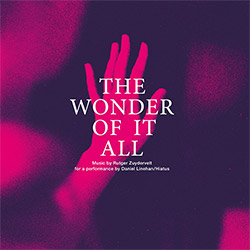

![Jaeger, Kassel: Fernweh [VINYL 2 LPs]](https://www.teuthida.com/productImages/misc4/36541.jpg)





![+DOG+: The Light Of Our Lives [2 CDs]](https://www.teuthida.com/productImages/misc4/36009.jpg)


![Eternities: Rides Again [CASSETTE]](https://www.teuthida.com/productImages/misc4/36247.jpg)

![Lopez, Francisco: Untitled (2021-2022) [2 CDs]](https://www.teuthida.com/productImages/misc4/36438.jpg)

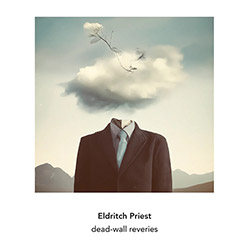
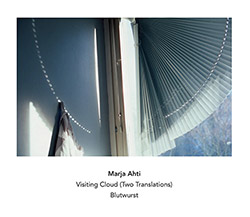

![Frey, Jurg with ensemble]h[iatus: Je Laisse A La Nuit Son Poids D](https://www.teuthida.com/productImages/misc4/36988.jpg)
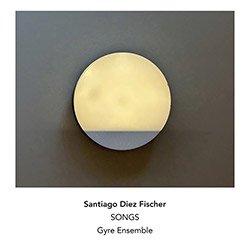
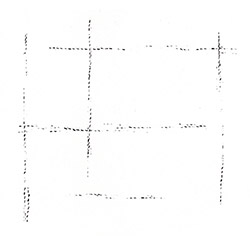
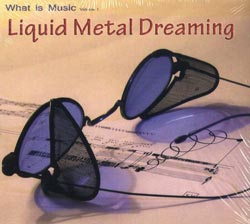

![Pisaro-Liu, Michael: Within (2) / Appearance (2) [2 CDs]](https://www.teuthida.com/productImages/misc4/36831.jpg)

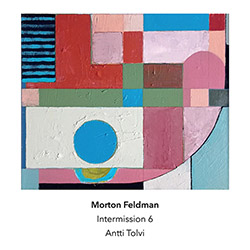
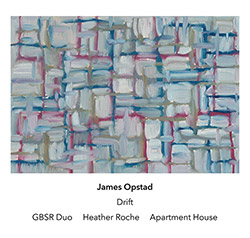
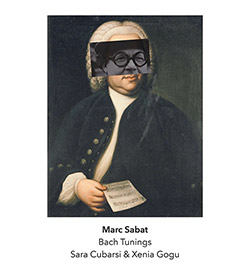
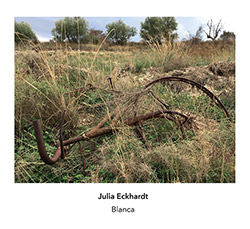
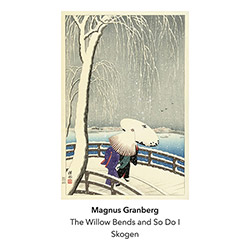
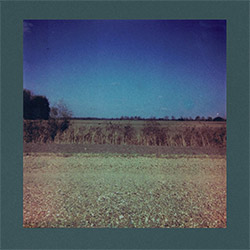
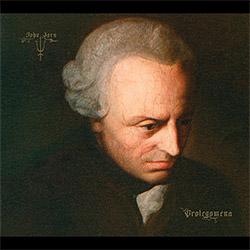
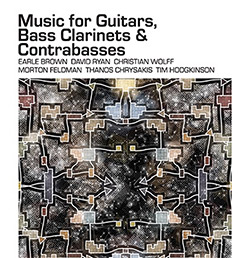

![Musicworks Magazine: #151 Summer 25 [MAGAZINE + CD]](https://www.teuthida.com/productImages/misc4/36559.jpg)

![Brown, Dan / Dan Reynolds: Live At The Grange Hall [unauthorized][CASSETTE]](https://www.teuthida.com/productImages/misc4/36245.jpg)


![Zorn, John: The Song of Songs [CD + CD BOOK]](https://www.teuthida.com/productImages/misc4/36923.jpg)

![Coultrain: Mundus [COLORED VINYL]](https://www.teuthida.com/productImages/misc4/33056.jpg)
![Hprizm: Signs Remixed [COLORED VINYL]](https://www.teuthida.com/productImages/misc4/30635.jpg)
![Halls Of the Machine: All Tribal Dignitaries [CASSETTE w/ DOWNLOAD]](https://www.teuthida.com/productImages/misc4/36134.jpg)


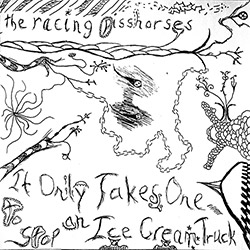
![Koenjihyakkei: Live at Club Goodman [2 CDs]](https://www.teuthida.com/productImages/misc4/36111.jpg)

![Sorry For Laughing (G. Whitlow / M. Bates / Dave-Id / E. Ka-Spel): Rain Flowers [2 CDS]](https://www.teuthida.com/productImages/misc4/35985.jpg)

![Rolando, Tommaso / Andy Moor : Biscotti [CASSETTE w/ DOWNLOADS]](https://www.teuthida.com/productImages/misc4/36106.jpg)


![Electric Bird Noise / Derek Roddy: 8-10-22 [CD EP]](https://www.teuthida.com/productImages/misc4/35970.jpg)








![Elephant9 : Mythical River [VINYL]](https://www.teuthida.com/productImages/misc4/34624.jpg)



![Elephant9 with Terje Rypdal: Catching Fire [VINYL 2 LPs]](https://www.teuthida.com/productImages/misc4/35355.jpg)
![Coley, Byron: Dating Tips for Touring Bands [VINYL]](https://www.teuthida.com/productImages/misc4/17906.jpg)

![Lost Kisses: My Life is Sad & Funny [DVD]](https://www.teuthida.com/productImages/misc4/lostKissesDVD.jpg)